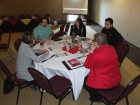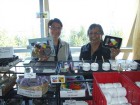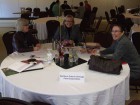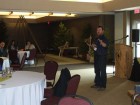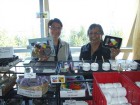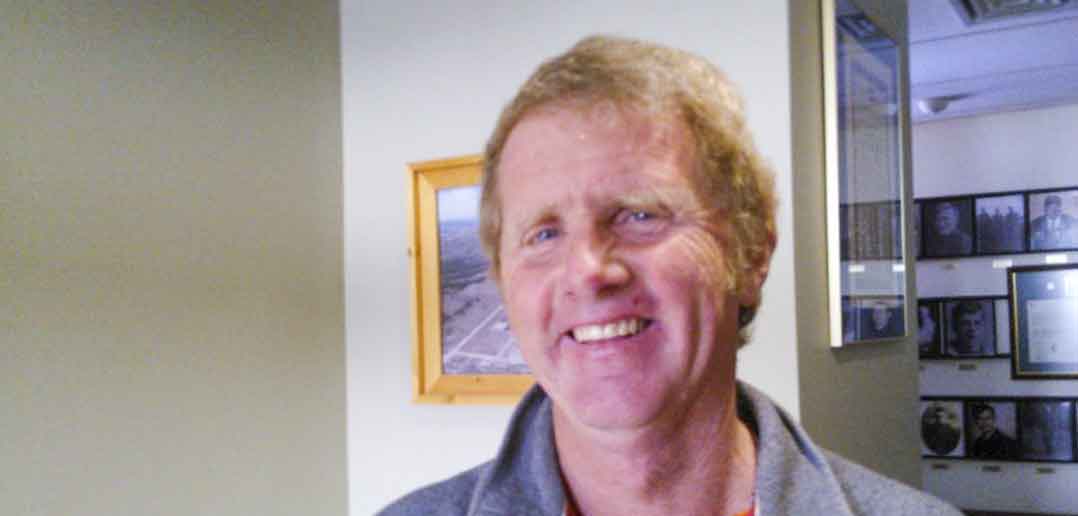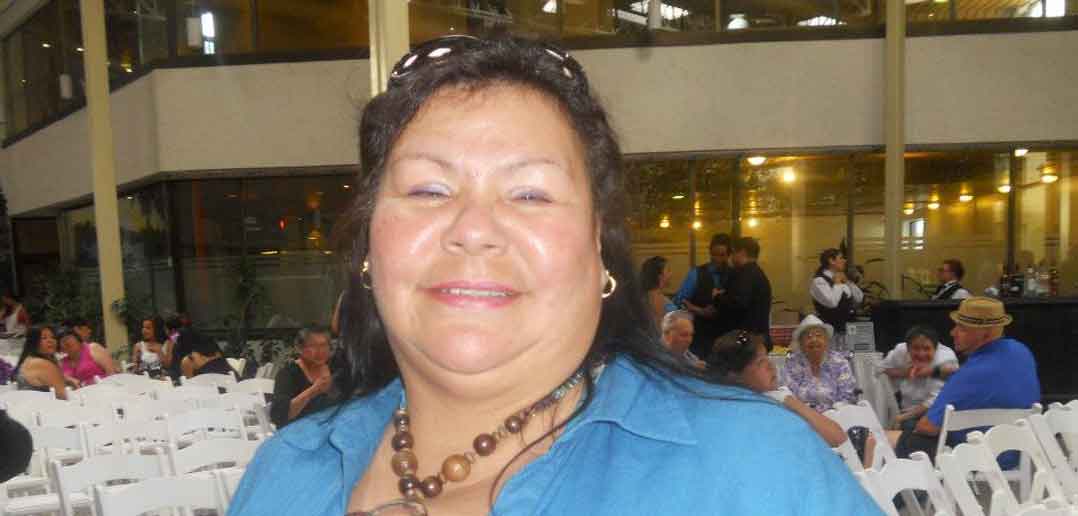MANITOULIN—A new aboriginal tourism organization, Aboriginal Tourism Ontario (ATO), was launched at the Manitoulin Hotel and Conference Centre in Little Current, topping off the three-day Great Spirit Circle Trail (GSCT) 9th Annual Business Tourism Conference.
The official launch began with an address by Wikwemikong elder Josh Eshkawkogan, who delivered a short talk on his memories of the critical role tourism played in his community growing up in the 1960s before conducting a pipe ceremony giving thanks to the spirits of seven directions: the traditional four of the medicine wheel, as well as above, below and the internal. “I am going to be asking Mother Earth to provide us with balance,” he said, and then looking within to invoke that which honours the people that the organization will be serving. Mr. Eshkawkogan looked “to the east for the spirit of new beginnings, to the south, the direction of our youth, to the west, the direction of our ancestors, and to the north for the direction of the Seven Grandfathers.”
Elder Falcon Migwans of the GSCT noted that there are many teachings in the Anishinaabe culture, just as there are many denominations in mainstream society. He related one of the medicine wheel teachings he was taught that seemed appropriate to the moment. In that teaching, all people were once of one race, the golden people. The Creator provided a gift to people, the ability to think in abstract thought.
“The Creator realized that the gift could lead to great advances or great destruction,” said Mr. Migwans. “‘How can I show them how to walk in balance?’ asked the Creator.”
The Creator chose to divide humanity into four different groups, and to each he gave a gift. “He said that if the four different cultures can come back together and see across the lines, they will learn that they are all really the same.”
GSCT CEO Kevin Eshkawkogan spoke on the history of aboriginal tourism organizations in the province, noting that each has become defunct over the years. The goal with ATO was to craft the organization carefully and with managed growth, to avoid falling into the same pitfalls.
Mr. Eshkawkogan noted that he and Waubetek Business Development Corporation general manager Dawn Madahbee had often discussed the concept of a province-wide aboriginal tourism organization as they travelled to Europe and other markets to establish the brand that became the GSCT.
“GSCT was often approached to take on that role,” he said. “But frankly, we were not yet ready to take on that role.”
The first formal strategy sessions took place in 2008 at the GSCT conference in Sault Ste. Marie. “It was a long way to go,” said Mr. Eshkawkogan. “It has been in the works for a long time. It is really just starting to come together.”
The planners looked at a number of different strategies. “We looked at economic strategies and we looked at British Columbia to see how we stack up, how well are we doing in the industry,” he said. The challenge is in measuring the data to accurately gauge the impact that tourism has across the province and particularly in aboriginal territories.
Melanie Debassige, a director of the GSCT, took the audience through the numbers behind tourism in Ontario, with a focus on the North and the ancillary business opportunities provided by the Ring of Fire development.
[pullquote]There will be a $90 million impact over the next 10 years in tourism, according to a study by the Ontario Chamber of Commerce. Over the course of the next 32 years an optimistic scenario will see $16.7 billion of GDP flow through the mining sector, $2.7 billion in the financial sector, $1.2 billion in wholesale and retail, $800 million in professional and scientific services, $600 million in manufacturing and $500 million in utilities.[/pullquote]
“When we talk about the economic opportunities there are tons tied to natural resources,” noted Mr. Eshkawkogan.
The specific numbers identified by the ATO for aboriginal tourism businesses in Regional Tourism Organization 13A alone tops over $80 million, noted Mr. Eshkawkogan. This includes lodging of $17 million, $13 million in restaurants, $12 million for activities, $20 million in gas/auto, $9.5 million in groceries and $7 million in ‘other.’
“The potential economic impact of aboriginal tourism in the region with the full impact of ATO in 13A is more than $80 million,” said Mr. Eshkawkogan. “That constitutes nine percent of Northern Ontario’s total visitor spending and generates 841 jobs a year.”
One of the greatest challenges being faced by the tourism sector across the North was highlighted during the conference by a speaker from Timmins, who noted that labour was being sucked out of the industry to work in the mining camps.
Mr. Eshkawkogan said the ATO needs four pillars to succeed. “The first is industry—do we want this thing? The second is that First Nation leadership needs to buy in. We know that the UOI (Union of Ontario Indians) supports it, the Chiefs of Ontario have also passed a motion of support at their meeting last year in this very room. The third and fourth pieces go together,” he said. “That is the provincial and federal governments.’
Mr. Eshkawkogan noted that both levels of government have stepped up to the plate in British Columbia to the tune of $2 million. “One million from the province and one million from the federal government,” he said.
Although the GSCT has seen some kinds of success with a for-profit arm funding their not-for-profit corporation’s goals and objectives, success in the industry really requires that the upper levels of government put some skin in the game.
Union of Ontario Indians Grand Council Chief Patrick Madahbee brought greetings and words of encouragement and support from his group, reinforcing the message put forward by Mr. Eshkawkogan.
A presentation delivered over the Internet by Keith Henry, chief executive officer of the Aboriginal Tourism Association of British Columbia, brought home the potential of aboriginal tourism for Ontario through examples in his own region. With a significant contribution to the operation of the very lean organization coming from memberships of tourism stakeholders in the industry.
“We all need to stand behind this initiative,” said Mr. Eshkawkogan.


